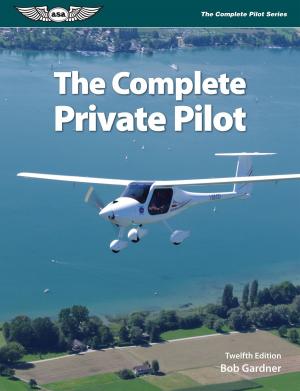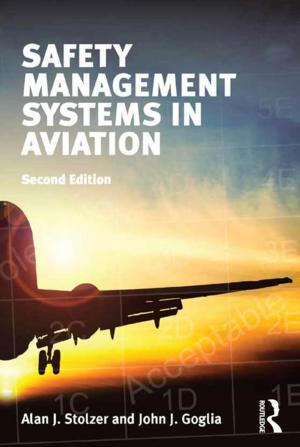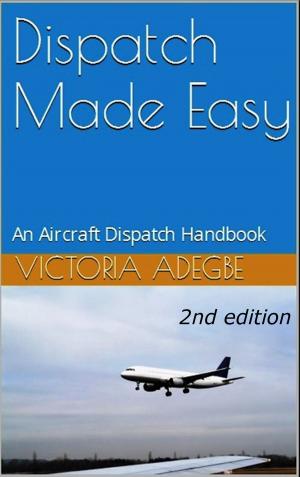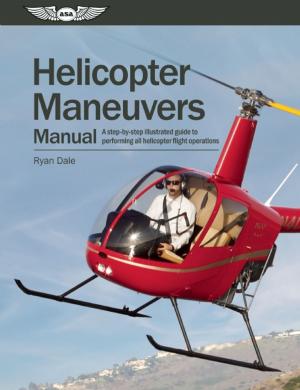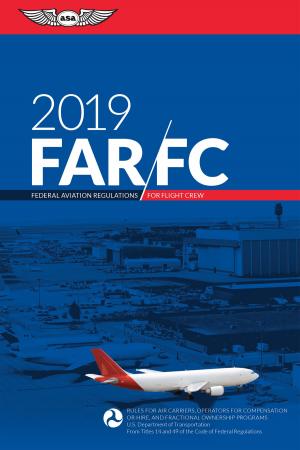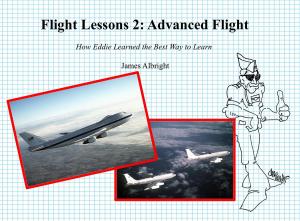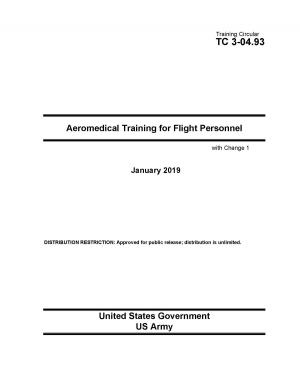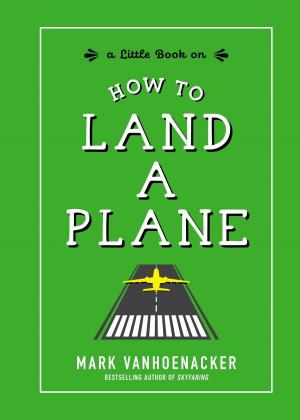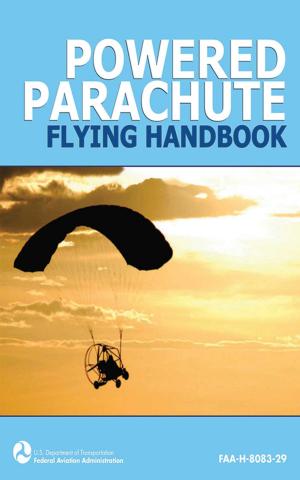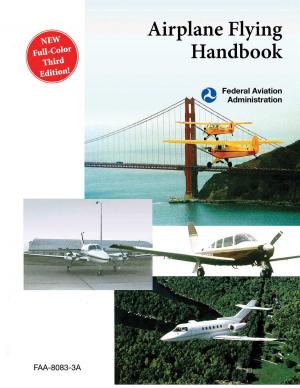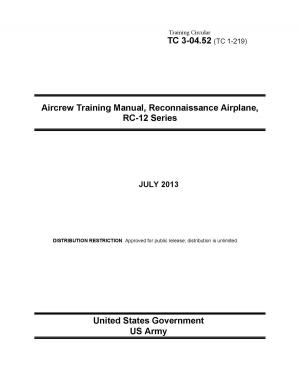Airplane Flying Handbook FAA-H-8083-3B
Nonfiction, Reference & Language, Transportation, Aviation, Commercial, Piloting & Flight Instruction| Author: | Federal Aviation Administration | ISBN: | 1230002511429 |
| Publisher: | Federal Aviation Administration | Publication: | August 30, 2018 |
| Imprint: | Language: | English |
| Author: | Federal Aviation Administration |
| ISBN: | 1230002511429 |
| Publisher: | Federal Aviation Administration |
| Publication: | August 30, 2018 |
| Imprint: | |
| Language: | English |
A must read for every pilot!
For decades, the FAA's Airplane Flying Handbook has served as the foundational resource on the numerous flight maneuvers fixed-wing pilots must master. This heavily updated version has been expanded to address new areas of concern including runway incursion avoidance, positive exchange of flight controls, checklist usage, and jet & turboprop operations. It also includes full-color imagery throughout.
The definitive source for pilots of all experience levels. Introducing basic, essential piloting skills and knowledge, the "Airplane Flying Handbook" has been on the FAA's required reading list for all pilots for more than 30 years. The official FAA reference for the aviator-in-training, many test questions for the FAA Knowledge Exams for pilots come directly from this guide. This handbook provides information and guidance in the performance of procedures and maneuvers required for pilot certification and is an excellent resource for flight instructors teaching both student and licensed pilots.
After an introduction to flight training, chapters are dedicated to ground operations; basic flight maneuvers; slow flight; stalls; spins; takeoff and departure climbs; ground reference maneuvers; airport traffic patterns; approaches and landings; performance maneuvers; night operations; transition to complex, multiengine, and tailwheel airplanes; and emergency procedures. Areas of safety concern are covered, such as runway incursion avoidance, use of checklists, positive transfer of controls when two pilots are flying together, and transitioning to turboprop and jet-powered airplanes. As a book that opens up the realm of flight, it aids student pilots just beginning their aviation endeavors, yet it is also helpful reading for more experienced pilots who seek to improve or refresh their flying proficiency and aeronautical knowledge.
A must read for every pilot!
For decades, the FAA's Airplane Flying Handbook has served as the foundational resource on the numerous flight maneuvers fixed-wing pilots must master. This heavily updated version has been expanded to address new areas of concern including runway incursion avoidance, positive exchange of flight controls, checklist usage, and jet & turboprop operations. It also includes full-color imagery throughout.
The definitive source for pilots of all experience levels. Introducing basic, essential piloting skills and knowledge, the "Airplane Flying Handbook" has been on the FAA's required reading list for all pilots for more than 30 years. The official FAA reference for the aviator-in-training, many test questions for the FAA Knowledge Exams for pilots come directly from this guide. This handbook provides information and guidance in the performance of procedures and maneuvers required for pilot certification and is an excellent resource for flight instructors teaching both student and licensed pilots.
After an introduction to flight training, chapters are dedicated to ground operations; basic flight maneuvers; slow flight; stalls; spins; takeoff and departure climbs; ground reference maneuvers; airport traffic patterns; approaches and landings; performance maneuvers; night operations; transition to complex, multiengine, and tailwheel airplanes; and emergency procedures. Areas of safety concern are covered, such as runway incursion avoidance, use of checklists, positive transfer of controls when two pilots are flying together, and transitioning to turboprop and jet-powered airplanes. As a book that opens up the realm of flight, it aids student pilots just beginning their aviation endeavors, yet it is also helpful reading for more experienced pilots who seek to improve or refresh their flying proficiency and aeronautical knowledge.

